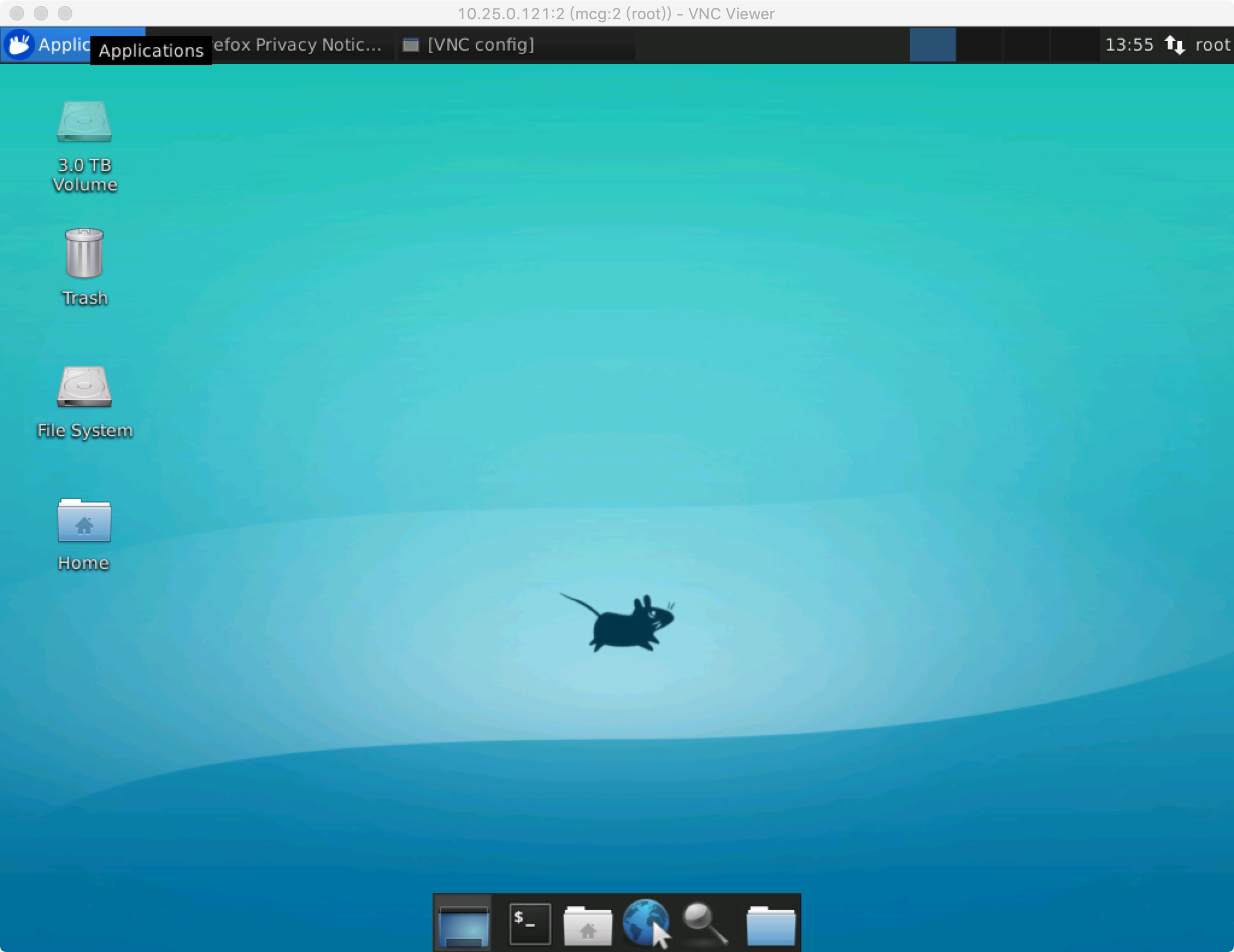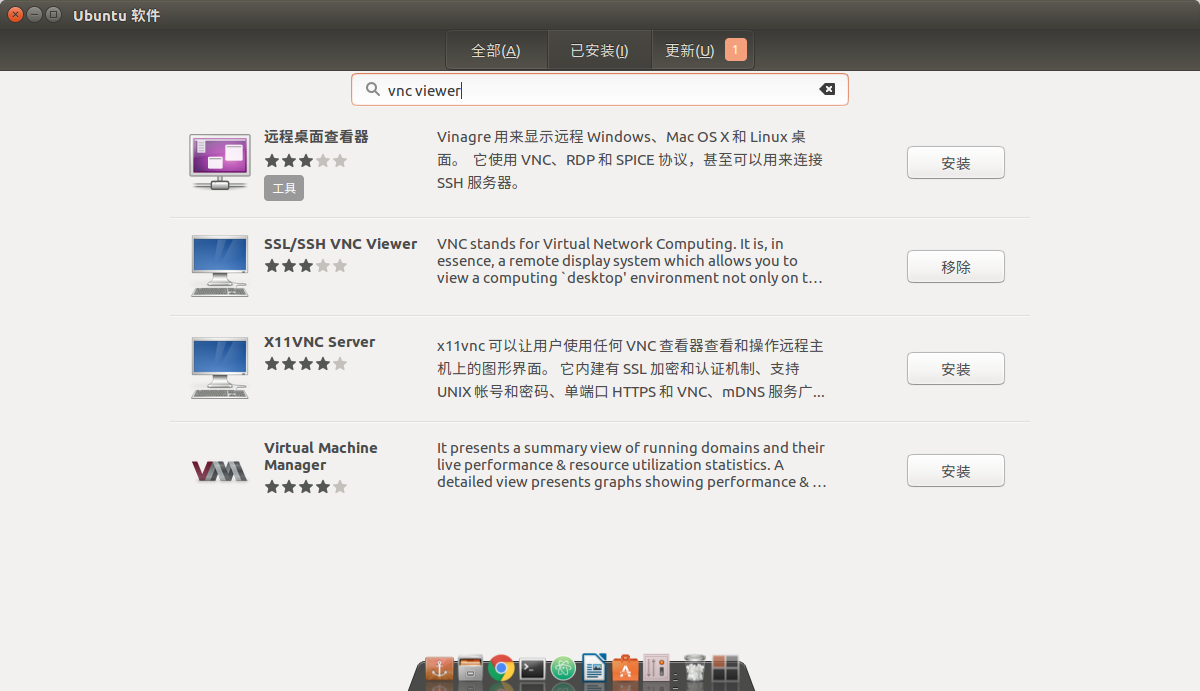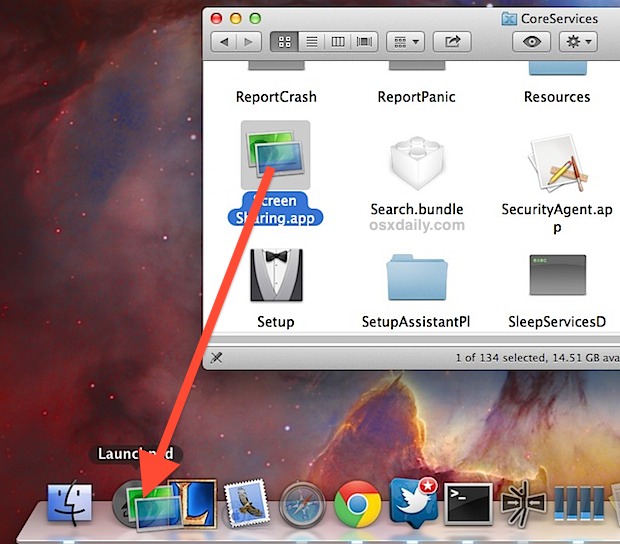
Procedure Setting up VNC server on Ubuntu Tadaa! now you can control the host’s screen. Then, run VNC viewer at client looking at localhost on port 5900. This is called reverse ssh tunnel.Īfter this successful setup, run VNC server at host listening to localhost on port 5900. To make an ssh tunnel from host (VNC server) to server, we will use ssh -t -R 5933:localhost:5900 the command means: connect with ssh to and forward all connection attempts to the remote 5933 to port 5900 on the machine called localhost, which can be reached from your local machine. To make an ssh tunnel from client (VNC Viewer) to server, we will use ssh -t -L 5900:localhost:5933 the command means: connect with ssh to and forward all connection attempts to the local 5900 to port 5933 on the machine called localhost, which can be reached from the machine. It could be any port, what matters is that both parties refer to the same one.
#X11VNC VIEWER FOR MAC HOW TO#
This will illustrate how to use a different port for the redirection.
#X11VNC VIEWER FOR MAC FREE#
Instead of assuming port 5900 is free on the SSH machine, we will assume both users agreed to use 5933. Then, we will pass the VNC data from client to server and from server to host on port 5900 which firewall cannot see as it is happening inside the tunnel. Most firewalls cannot look inside these tunnels and thus cannot block the content being passed through them. This will let the firewalls to pass the connections on both sides (assuming both firewalls allow Port 22 in outgoing rules) and will make a tunnel between client-server and server-host. We will first request an SSH connection from both client and host to the server. The packet relay server will act as a bridge between client and host which passes every data coming from client to host. So, we have to start a connection from inside the network and that’s where we need a third party server (packet relay server or TCP relay server) which has a public IP. To check which outgoing ports are allowed by your network, visit. But if the connection is requested from inside the network, Firewalls will allow most of the connection (assuming advanced packet filtering is not applied). Theoryįirewalls usually block every incoming connection from outside the network except the ones whose ports are open (check your blocked ports, ). If you just want the how part, you can skip the theory part. But before going directly into the steps, I want to share conceptually what we are going to do. We are going to use a third party server which has an ssh server running all the time. I am considering the case when both client (controller) and host (controlee) are from different networks and are behind NAT Router and firewalls. There are literally several ways to access the computer whose working totally depends upon your case. It will prompt you for a new vncpassword and immediately change the vncpassword.Today, I am going to share a way to access a computer behind NAT Router and Firewall.

Troubleshooting: If you have forgotten your vnc password, or wish to change it use the vncpasswd command.

(for reference, :0 is considered the root display, for displays physically connected to the machine). In theory, the display number can be anywhere from 1 to 9999. My server was started on display number 44, as it was the next display available. NOTE: The display number is where your VNC session funneling your desktop. Starting applications specified in /u/cecsuser/.vnc/xstartup Afterwards, you should receive some output that looks like this: New 'X' desktop is mo.:44
#X11VNC VIEWER FOR MAC PASSWORD#
This would be a password you would give to someone if you wanted them to observe your VNC session without being able to interact the desktop. It will also ask if you want to assign a view-only password. NOTE: This password must be at least 6 characters long! It is _strongly_ advised that you not use your MCECS account password here!) This password is arbitrarily chosen by you. You will be prompted for a password to log you into your VNC session (This is _not_ like logging in with your MCECS account. This will start the VNC server on the machine and tell it to only accept connections from the localhost, which is to say from users logged into the machine hosting the VNC server.

In a terminal, run the following command: vncserver In order to do this, ssh in to the machine where you’ll be accessing the remote desktop. Before we can connect to the remote desktop, we need to start the VNC server on the remote machine.


 0 kommentar(er)
0 kommentar(er)
